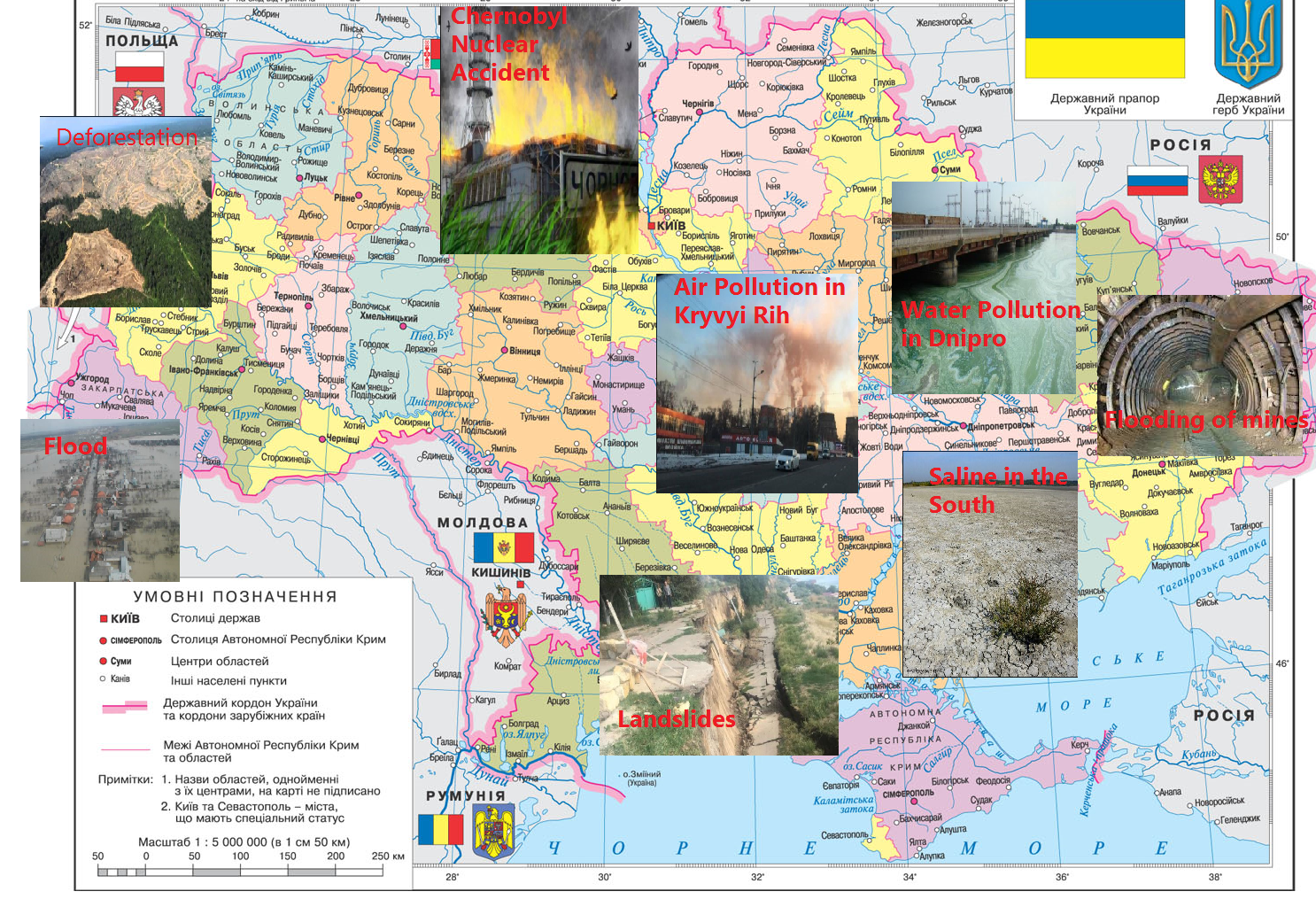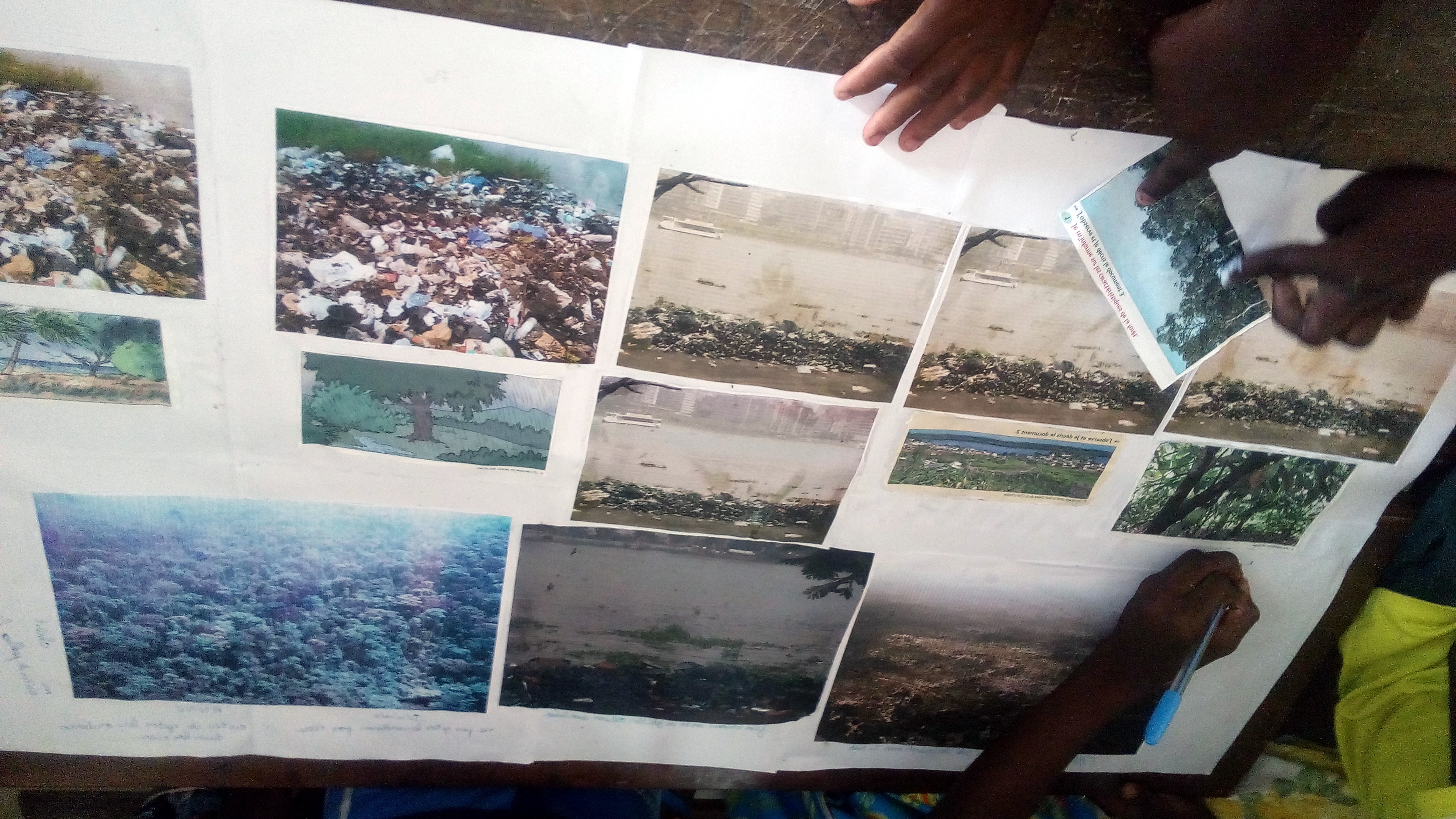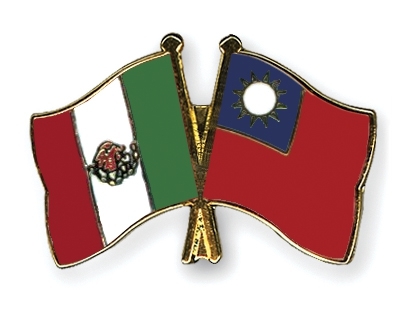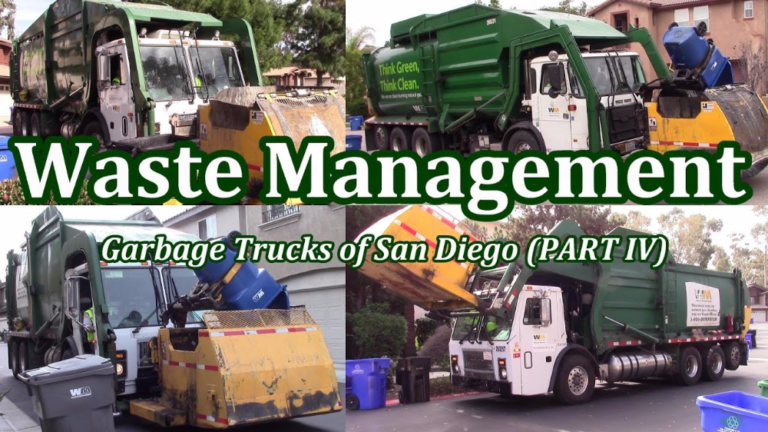In an eight-week virtual exchange, students in Ivory Coast, and students in Ukraine, collaborated to learn about their own environment and that of the other country. Students’ ages ranged from 8 to 14 years old. The exchange kicked off with student introductions, so that students could get to know a little bit about the other class and their culture. Through presentations and photos shared via Google Classroom, students described their town and school, including the population, languages spoken, and weather. They also introduced themselves, mentioning their favorite subjects, foods, and other interests. The information shared in the introduction laid a solid foundation for deeper meaning and understanding throughout the exchange.


From there, the main project was launched. Students began by creating maps and posters of their country, detailing the ecological features. They described environmental issues and disasters of importance, such as the Chernobyl nuclear accident in Ukraine and the use of slash-and-burn agriculture in Ivory Coast. Students took time in class to reflect on their feelings about these environmental problems and the importance of the environment to themselves and their country. In Ivory Coast, these reflections were done in the style of an interview, which allowed the students to creatively approach such a heavy topic. After viewing the other class’s presentation, students compared the issues encountered in each country.
They found that deforestation and waste management are common challenges to both Ivory Coast and Ukraine, and they agreed that people have a responsibility to care for their environment, both locally and globally.
At this point in the exchange, the students’ curiosities had been piqued. They had many questions for the other class about topics such as water quality, government policies toward forest protection and climate change, and existing community actions in support of the environment. Students researched then presented their findings, learning more about their own country’s environmental efforts in the process.


The exchange wrapped up with reflections and discussions about how to create positive change and take action to protect the environment. Each class took part in a gallery walk activity, looking back on the materials and ideas that they and their exchange partners had produced throughout the project. In the end, the students learned a lot about each other and themselves, and they felt empowered to take care of their world, starting with their own local environment.





